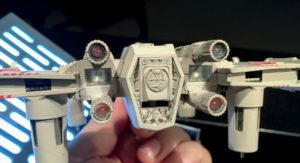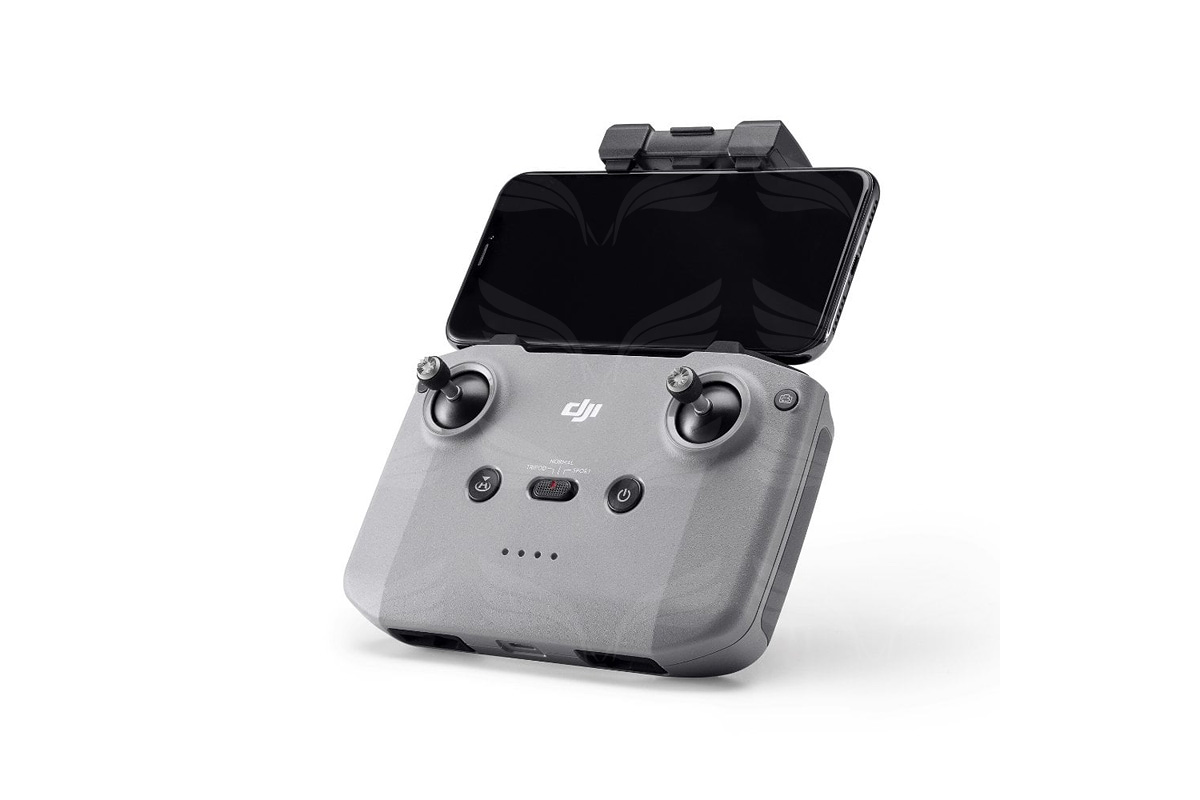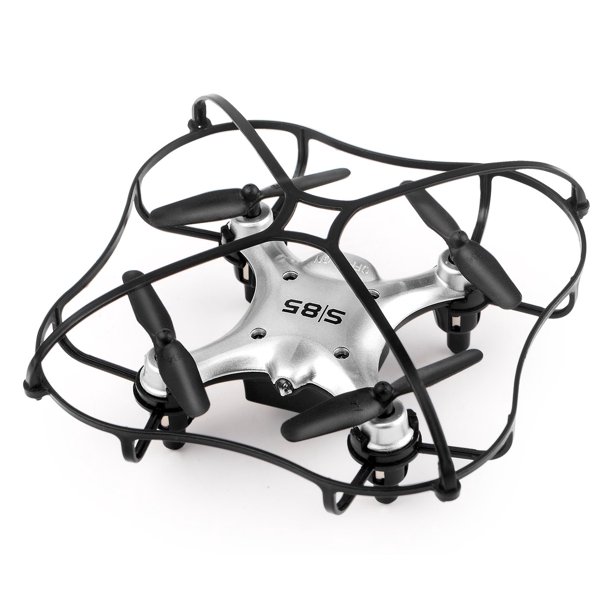
You can find a list of important rules and regulations that govern the flying of a drone here: General safety rules, Controlled and uncontrolled airspace, Nighttime flight, Remote ID requirements, and Controlled versus Uncontrolled Airspace. The FAA is also encouraging hobbyists to take model airplane lessons, but it also requires that you notify the control tower or airport whenever you're flying within five miles of one. The notice states that drones can only be used for personal enjoyment and private use. This is likely an attempt to deter spying.
Safety rules for drone pilots
Safety rules for drone operation should be adhered to in addition to the law. First, you must stay within your sight line and avoid any areas that are populated, such as moving vehicles or aircraft. You should not fly your drone in a crowd or over an emergency response area, such as a stadium. Third, keep your drone safely in the air and use the controls to control it. Remember to adhere to all federal and local airspace regulations.
Safety is the most important aspect of operating a drone safely. It is essential to adhere to all federal and local aviation laws. Clear skies are best and avoid restricted airspace. Make sure to review flight plans before you fly in restricted areas. You should also avoid taking drone photos when you have the expectation of privacy. If you break these laws, you may face legal action. These rules should be adhered to by all drone operators.
Controlled airspace vs. Uncontrolled airspace
It is essential to distinguish between controlled and uncontrolled space. A controllable airspace is an area of the sky that has been designated and defined by ATC. It must meet certain requirements and be maintained within specific dimensions. Uncontrolled airspace, however, is not defined and has no requirements. Uncontrolled airspace is, however, not subject to a specific definition. It can be used widely for many purposes. Controlled airspace is generally the most controlled because it allows only aircraft that comply with Instrument Flight Rules. Aerial traffic in controlled airspace is also separated.

The next distinction between controlled airspace and uncontrolled is made in the definition of Class G. Class G refers to areas where air traffic is low and does not have an airport control tower. These areas have moderate weather conditions and are controlled mainly by visual flight rules. Air traffic control systems are designed to coordinate traffic flow and prevent aircraft collisions. In other words: Controlled airspace has lower minimum weather conditions then uncontrolled airspace.
Nighttime flying
There are certain caveats to nighttime flying under FAA rules. For starters, you must have the proper experience before you fly in a night operation. Also, night rules are different than daytime rules. This can make it more difficult to understand your position, avoid other aircraft, and keep you safe in flight. ForeFlight allows you to track sunrise and sunset times. This will ensure that you fly legally and safely.
Under FAA rules, drones need to have anti-collision lighting in order to qualify for night flight. They must be visible at least 3 miles per hour and flash at a speed that prevents collision. Nighttime flying is possible as long as the pilot has the appropriate training and experience. For more information and dates, please see this space. You don't know when it will be allowed to fly at night? Read on for more information.
Remote ID requirements
Remote ID requirements for drones have been established by the FAA. This technology will enable drones broadcast messages on a radio frequency that's compatible with existing personal wireless devices. This technology's range will differ for different drones. It is important to ensure that drones maximize its range. These messages should include drone ID, latitude/longitude and altitude as well emergency status and a time mark.

Remote identification is an important element of the new rules. This creates a consistent and uniform way to track drones and identify their owners. It will increase public trust in drone operations, and make the skies safer. The new Remote ID rules will become effective in April 2021, and similar requirements will be implemented in Europe this year. Drone operators can safely and responsibly fly drones in their locality.
FAQ
Can my drone be flown around my neighbourhood?
Yes! These are also known as UAVs (unmanned aerial vehicle). There are many different types of drones that you can buy today, including small quadcopters as well as large fixed-wing aircraft. The FAA recently published new rules on commercial UAV usage, which allows you to legally fly them for commercial purposes. You should be aware, however, that UAVs flying near airports can cause interference with air traffic control systems. To operate one, you will need to obtain permission from the local authorities.
How can I keep drones from my home?
Drones are becoming increasingly popular for home surveillance, but they also threaten privacy and security. You can prevent drone attacks by installing motion sensors around your home and using them to detect any unauthorised flying objects.
Do drones fall under the control of the FAA?
The FAA oversees all aspects drone operations including safety standards and certification requirements.
Statistics
- According to the multiple listing service (MLS), houses and apartments with drone photographs are up to 68 percent more likely to sell than those without pictures. (thedroneu.com)
- Research and Markets predict a growth rate of 51.1% over the next five years. (thedroneu.com)
- With the top 10% making over $100/h and the bottom 10% making as low as $10/h. (dronesgator.com)
External Links
How To
How to Fly Drones With Beginners
A drone refers to a remote-controlled aircraft designed for aerial photography, surveillance and scientific research. Drone technology has existed since World War II. However, commercial use began in 2010 when DJI released their Phantom series of quadcopters. There have been many drones made since then. These range from beginner-friendly drones like Parrot AR Drone 2.0 to more advanced multi-rotor craft like DJI Mavic Pro.
There are many options for flying a drone.
-
Remote control - This method uses a control device attached to your hand, which enables you to steer the drone through its flight path. There are two main types of controllers: On/Off switches (like a radio) and joysticks.
-
Manual Control - This method uses a smartphone app to remotely control the drone using GPS coordinates. You will need to keep track of where the drone is going and follow the directions from the app.
-
Autonomous Flight – This is when the drone handles all the piloting tasks. It basically flies autonomously without any human intervention. It must have a builtin camera, sensors capable of taking images and data to enable autonomous flight.
-
Triggered flight - This is similar to manual control except that the pilot sets up a preprogrammed route and the drone follows the route until it reaches its destination. After the preprogrammed route is complete, the drone will automatically land and return to its base.
-
Landing Gear – A few drones come with landing gear. This allows them land safely in the event of losing power or running out of battery.
-
Goggles - Pilots may wear goggles to shield themselves from flying debris.
-
Camera - Some drones can be equipped with cameras which enable you to capture photos from the sky.
-
Obstacles - Some drones can be equipped with obstacle avoidance systems that prevent them from crashing into obstacles.
-
Speed - Some drones can reach speeds of over 40 mph.
-
Battery Life - Most drones are capable of lasting between 20 minutes and three hours, depending on the power that you use.
-
Distance - Some drones can travel up 30 miles depending on the model.
-
Power source: Some drones will require an external power source while others can be powered by internal batteries.
-
Weight - Some drones weigh less than 1 pound, whereas other models weigh up to 4 pounds.
-
Size - Drones range from small devices that fit in one's palm to large crafts that weigh more than 50 pounds.
-
Price - All drones fall within a specific price range, from high-end models that can cost thousands of dollars to lower-cost options starting at $100.